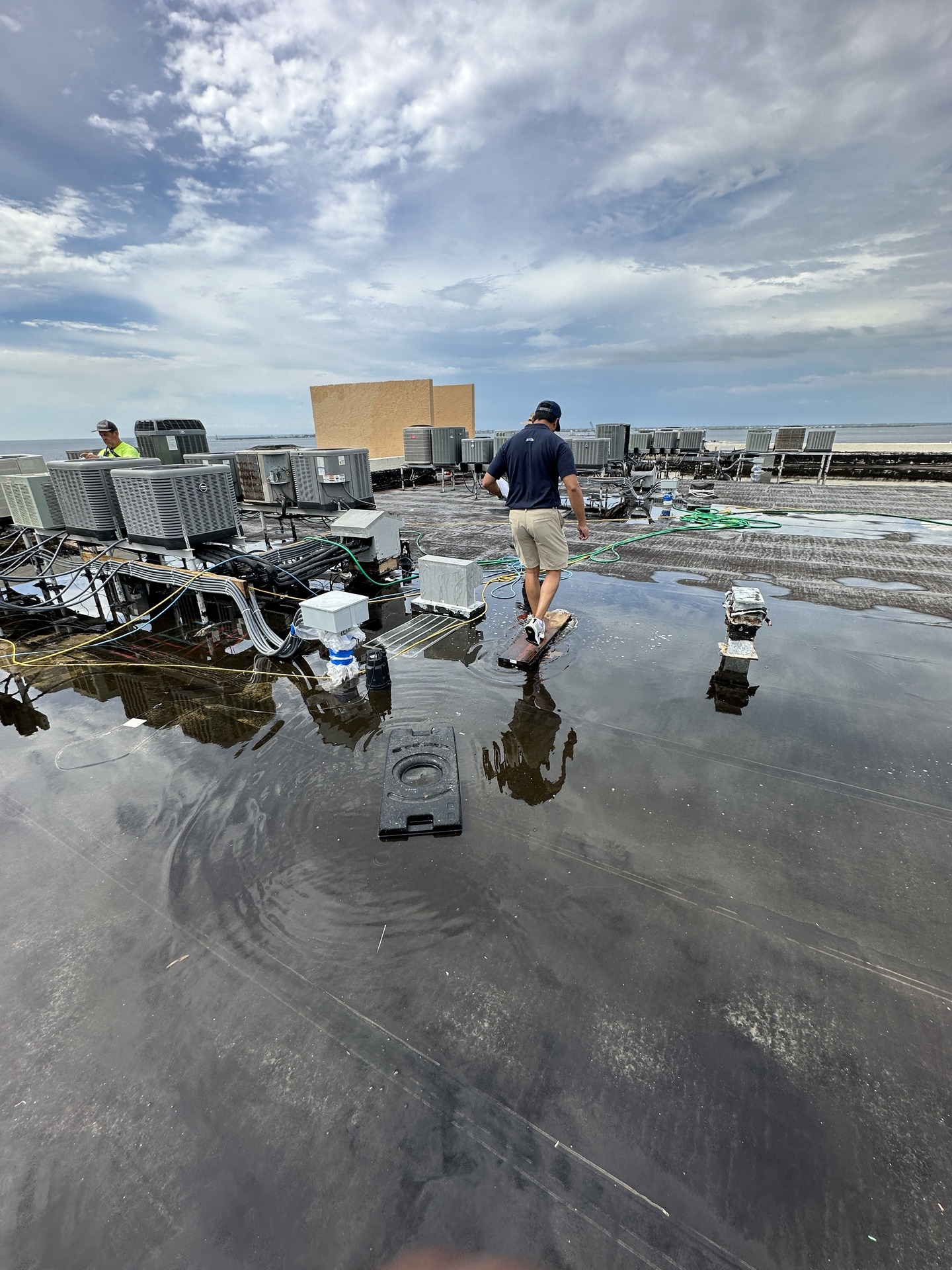Recognizing The Signs Of Storm Damage

After a storm, many homeowners are left uncertain about the extent of the damage their property has sustained. Some damage is obvious. Meanwhile, others may go unnoticed until they cause serious problems. Knowing the signs of storm damage can save both time and money.
Proper inspection lets you quickly identify the issues and address them before they escalate. This guide highlights the key signs of damage and why timely action is necessary.
Roof Damage and Debris
The roof is one of the most vulnerable parts of your home during a storm. Wind and flying debris can cause significant damage, even when the storm seems mild. After a storm, check for any missing shingles or tiles.
Look for dents or holes in the roof that could allow water to leak through. Even small debris, such as branches or leaves, can cause roof damage. If left unattended, this can lead to water entering the attic or ceilings. It can cause mold growth or further deterioration.
Chimney Flashing Issues
The flashing around your chimney protects the area where the roof and chimney meet. Water can seep in if the flashing is loose, dented, or displaced by the storm. This could lead to damage to your roof structure and attic.
Over time, this type of damage can result in costly repairs, including the need for mold remediation or structural reinforcement. It is important to inspect the flashing and repair it as soon as any damage is noticed.
Missing or Damaged Siding
Storms can also damage the siding of your home. Vinyl siding, in particular, is prone to cracking or lifting under strong winds. When you notice missing or cracked siding, it is key to acting quickly.
Damaged siding leaves your home exposed to the elements which can lead to water penetration, pest infestations, and increased energy costs. If you spot signs of siding damage, you should replace it promptly to maintain the integrity of your home.
Water Stains and Mold Growth
Water stains on your walls or ceilings often signal that moisture has entered your home. This can happen when roofing, siding, or windows are compromised during a storm. The longer you wait to address water intrusion, the higher the risk of mold growth. It can further impact your health and the structural integrity of your home.
Be vigilant about checking for water stains inside and outside your home. If you find any, investigate the source of the moisture immediately.
Exterior Holes and Cracks
Powerful winds or flying debris can create holes in the exterior of your home. Even small openings in the walls or windows can lead to significant damage if not addressed. A hole in the siding, window, or door is an entry point for water. It could lead to rot, rust, or further damage. After the storm, inspect all exterior surfaces carefully for any signs of holes or cracks.
Broken or Cracked Windows
Windows are highly susceptible to storm damage. Small cracks or chips can go unnoticed. However, over time, these can expand and lead to larger issues. Check your windows thoroughly for any cracks or broken glass. Even minor damage should be repaired quickly to prevent further deterioration or the entry of water and debris.
Timely Action Can Prevent Costly Repairs
Stone Building Solutions recognizes the importance of detecting storm damage early. Our experienced team offers comprehensive construction monitoring, damage claims assessments, and appraisals to make sure that your property is restored quickly and efficiently.
Recognizing the signs of storm damage and addressing them promptly helps you save your home from further harm and costly repairs. Contact Stone Building Solutions today.
